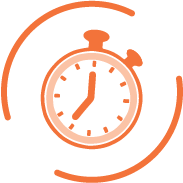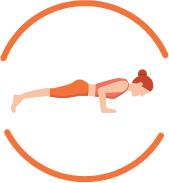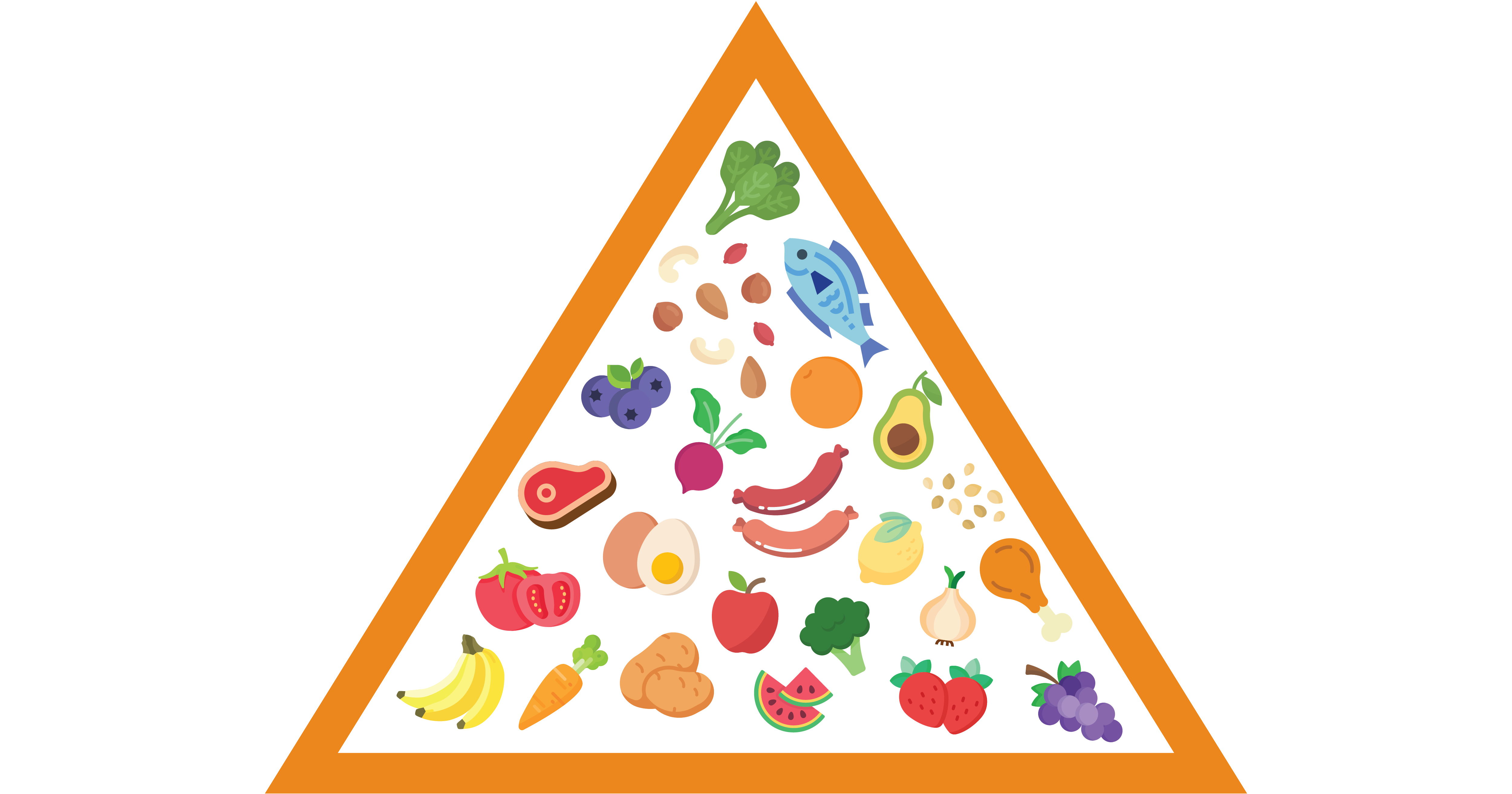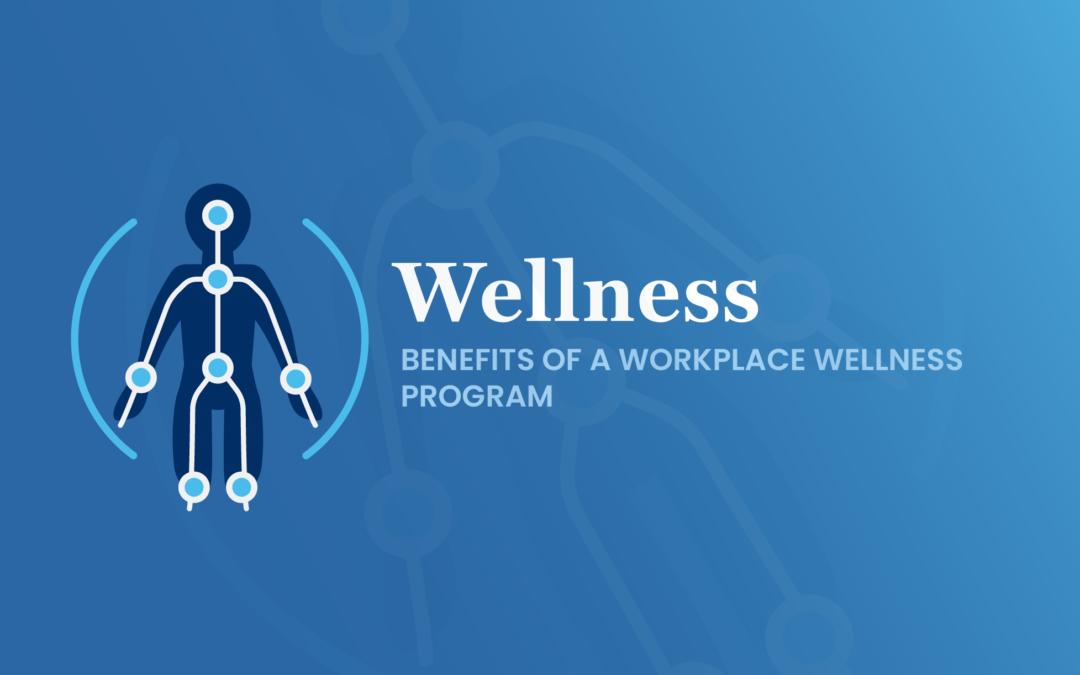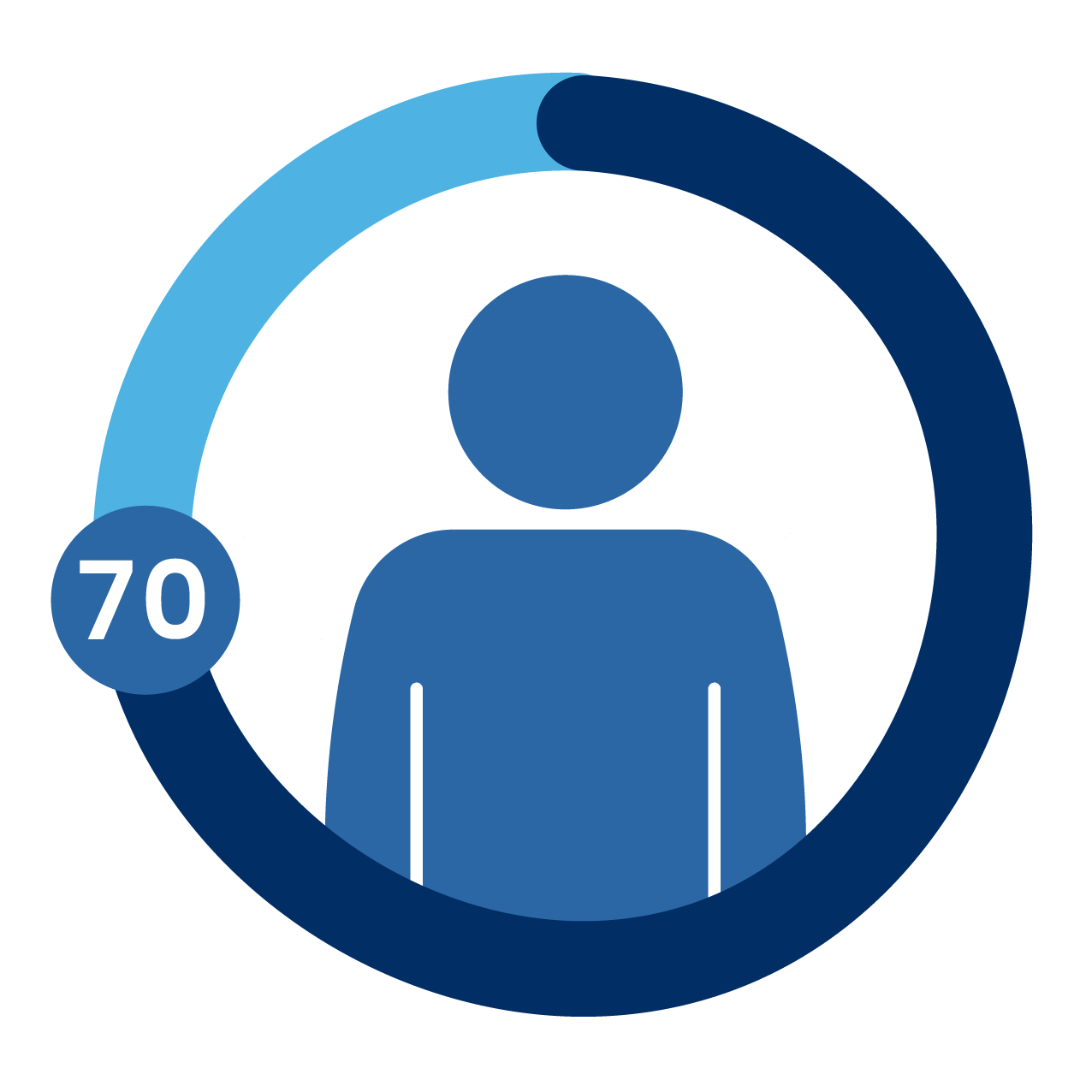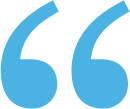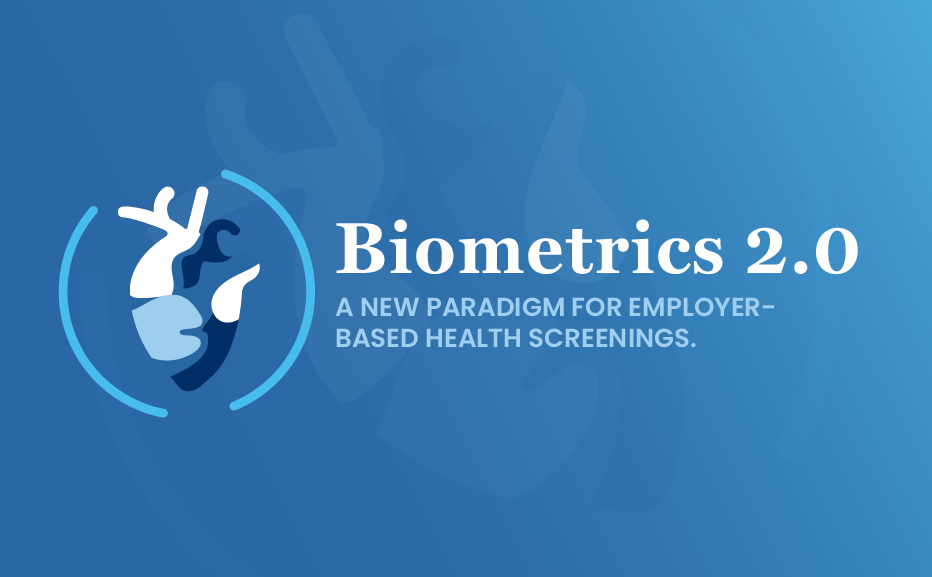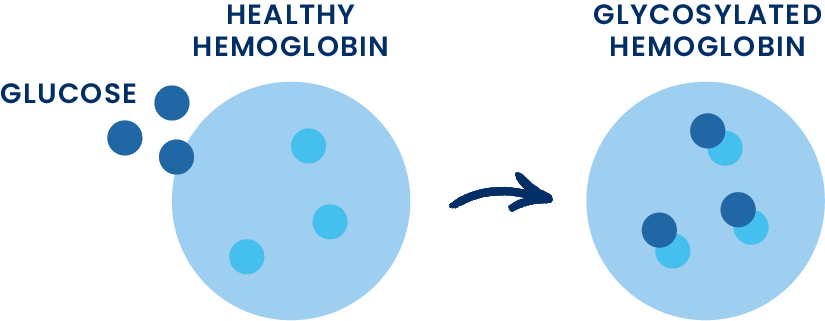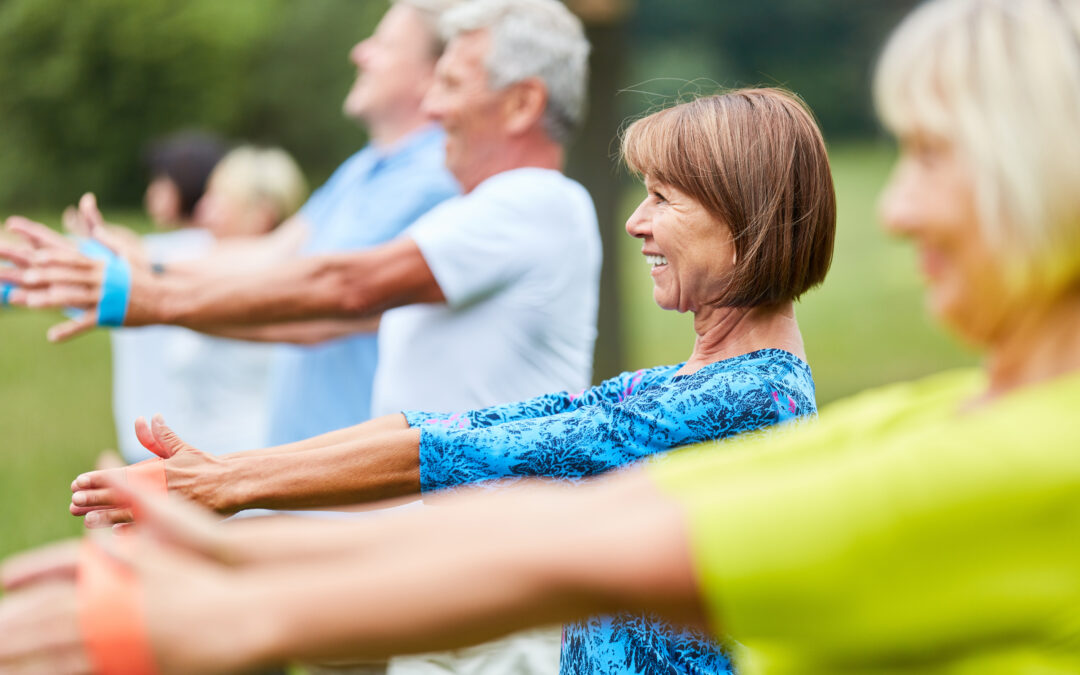
Healthy Is Moving More, Sitting Less
Movement has the power to benefit you physically, mentally, and emotionally.
You were designed to move! In fact, there may be no quicker way to reduce stress, improve your mood, spark creativity, rejuvenate your cells, and extend your life than adding more movement to your life.
We’re here to help you with some simple strategies for adding more movement into your life.
HEALTHY IS MOVING MORE, SITTING LESS
Our bodies were designed to move and not sit still all day. By moving more throughout the day we strengthen our bodies and minds, which helps prevent depression, Alzheimer’s, inflammation, hormonal issues, and more.
It doesn’t have to be complicated. At home this could mean stretching for a few minutes every morning, or doing 30 seconds of lunges before watching a show. At work, try walking when taking calls, and stand and move around for at least one minute every hour.
HEALTHY IS RUCKING
Rucking is going for a walk with something heavy on your back, and yes, it’s as simple as it sounds! When we lose our ability to move, we lose our ability to live life to its fullest. Rucking has been scientifically proven to strengthen the hips, pelvis, and spinal erectors while also improving posture, which are all essential to an active, injury-free life. Find a backpack, grab something heavy, and go for a walk!
HEALTHY IS “I NEED TO MOVE FIRST”
Slowly replacing phrases like “I’m stressed, I need a break” with “I’m stressed, I need to move first” can transform your life in more ways than you can imagine. You get major short-term and long-term rewards every time you move. When you feel the stress and anxiety mounting, try one of these strategies to make movement your default plan:

Do a 1-minute workout

Do a 5-minute workout

Stretch out

Play a game
Take control of your health.
All of these are simple changes that will lead to big impacts over time for your health. Sign up for your coaching session today to explore these challenges with our team of coaches, and we’ll find the easiest ways to fit these into your lifestyle.







